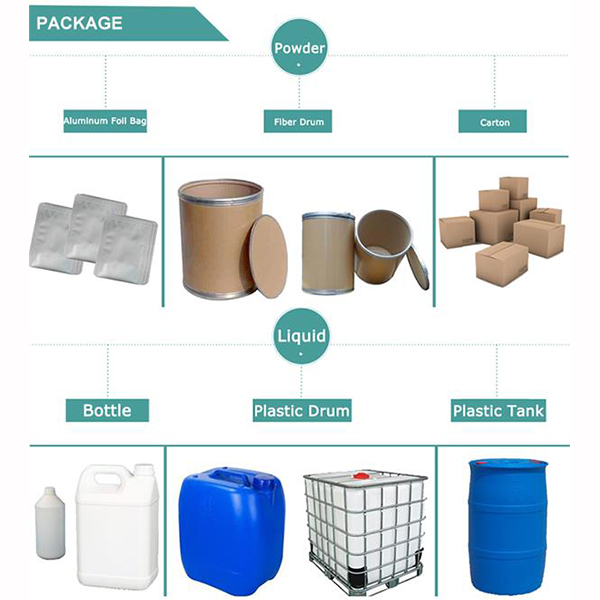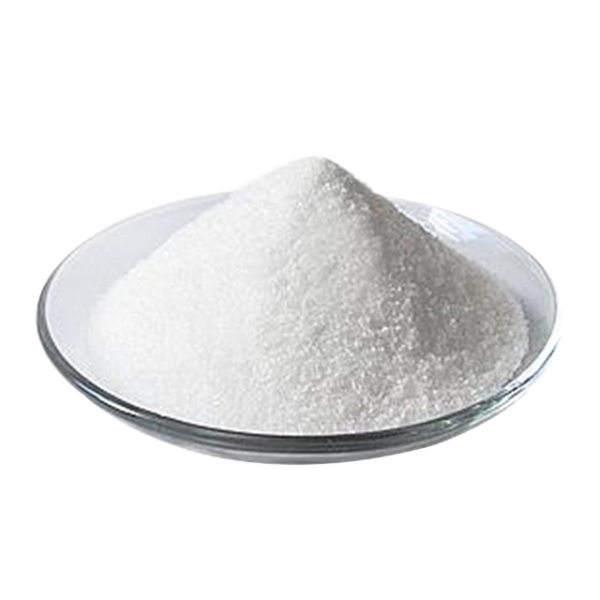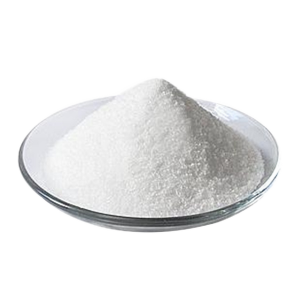Xylitol
Xylitol is a naturallyoccurring 5-carbon polyol sweetener. It is found in fruits and vegetables, and is even produced by the human body itself. It can absorb heat when dissolved in water, with moisture absorbing function, and transient diarrhea can be induced when excessively taken. The product can also treat constipation.
Xylitol is the sweetest of all the polyols. It is as sweet as sucrose, has no after-taste and is safe for diabetics. Xylitol has 40% less calories than sugar and, for this reason, a caloric value of 2.4 kcal/g is accepted for nutritional labelling in the EU and the USA.
In crystalline applications, it provides a pleasant, natural cooling effect, greater than that of any other polyol.
ynthetic organic materials can be prepared from surfactants, emulsifiers, demulsifier, various resins and alkyd paint, varnish, etc.. Synthesis of fatty acids and by the formation of volatile ester is not the plasticizer. Xylitol can replace glycerin, used in papermaking, daily necessities and defense industry. Because it is more hydroxy compounds, with sweet, non-toxic, low calorific value applicable to the food and sweetener for diabetics.
| ppearance | White crystalline powder | |
| Sense of taste | Sweet | |
| Odor | No peculiar smell | |
| Chemical control | GB 13509-2005 | FCC(4) |
| Content of Xylitol | 98.5%~101.0% | 98.5%~101.0% |
| Ash | ≤0.5% | ≤0.1% |
| Loss on Drying | ≤0.5% | ≤0.5% |
| Reducing sugar(as glucose) | ≤0.2% | ≤0.3% |
| Other polyols | ≤2.0% | ≤1.0% |
| Melting point | 92°C~96°C | — |
| Heavy Metal as Pb) | ≤0.0010% | — |
| Lead(Pb) | ≤0.0001% | ≤0.0001% |
| Arsenic As) | ≤0.0003% | — |
| Nickel Ni) | ≤0.0002% | ≤0.0001% |
| Microbiological control | ||
| Total plate countMould and Yeast count
Coliform bacteria Salmonella |
≤500cfu/g≤100cfu/g
≤30MPN/100g Negative |
|
Warehouse image display







